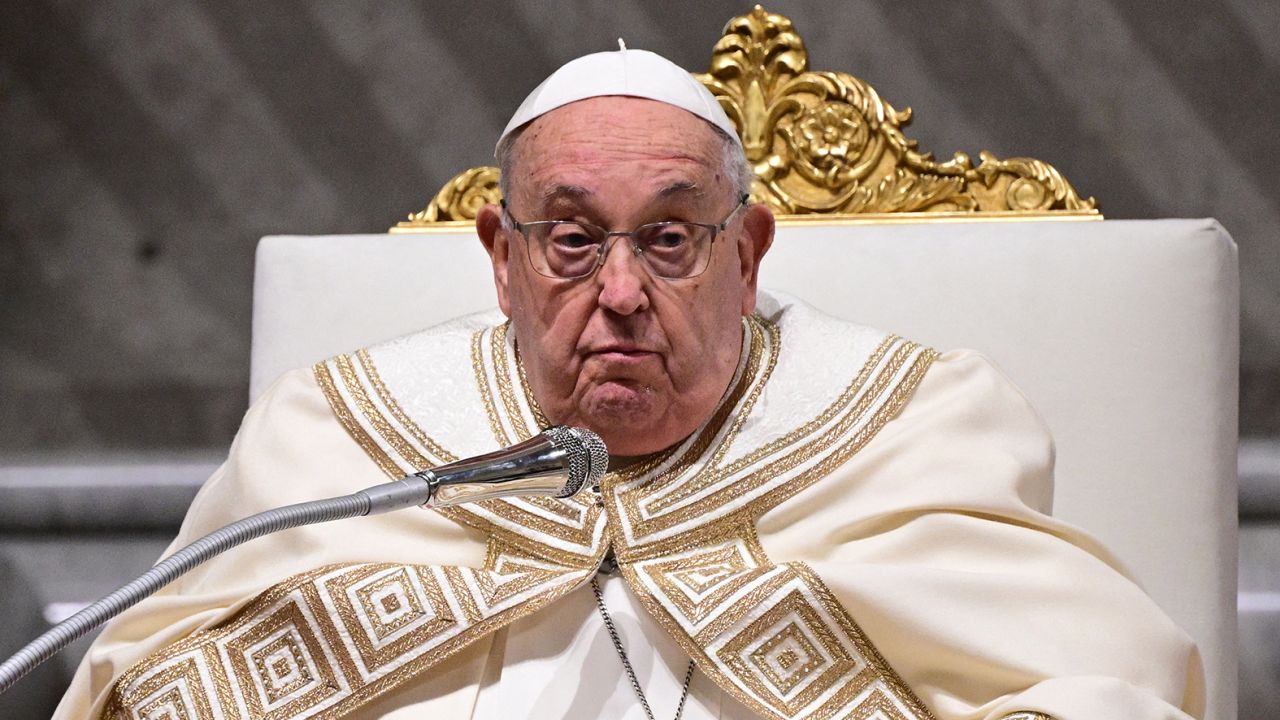Pope Francis recently experienced two episodes of acute respiratory failure, marking another challenge in his ongoing health struggles. According to the Vatican, the 88-year-old pontiff suffered from a significant accumulation of endobronchial mucus, which led to the narrowing of his airways.
Earlier in the day, medical staff performed two bronchoscopies to remove the mucus, but his condition remained serious. The pope required oxygen support via a mask to aid his breathing, though he remained alert and cooperative throughout the ordeal. Despite the complications, Vatican sources later confirmed that the acute crisis had passed and that Francis was resting.
Pope Francis’ Health Worsens Amid Repeated Bronchoscopies and Respiratory Complications
Medical professionals have raised concerns over the necessity of two bronchoscopies in a short period, highlighting the severity of Pope Francis’ condition. Dr. Theodore Iwashyna, a pulmonary expert, noted that requiring multiple bronchoscopies to manage secretions is an indicator of serious illness.
He explained that mucus buildup in pneumonia patients is problematic, as the natural recovery process should lead to reduced mucus production over time. Dr. Jeremy Faust added that the non-invasive ventilation provided to Francis is typically a precursor to mechanical ventilation, though it may also be used when a patient chooses not to be intubated. The Vatican’s updates suggest that Francis’ prognosis remains “reserved,” indicating ongoing medical uncertainty.

Pope Francis has a long history of lung-related issues, dating back to his youth when he suffered severe pneumonia and had part of one lung removed. His current hospitalization, which began in mid-February, is his fourth and longest since assuming the papacy in 2013.
Over the years, his respiratory health has been a recurring concern, with multiple instances of hospitalization for related complications. The Vatican has been providing frequent updates, emphasizing the complexity of his condition and the potential risks he still faces. Sunday’s reports indicated that while the situation was stable, the risk of further crises remained.
Pope Francis Faces Critical Days Ahead as Health Concerns Intensify
Pulmonary care specialists have emphasized that the next 10 to 11 days will be crucial in determining whether Pope Francis can recover. Dr. Panagis Galiatsatos of Johns Hopkins University noted that elderly patients with pneumonia typically require extended hospital stays and a lengthy recovery period.
If the pontiff stabilizes, he will still need significant time for rehabilitation, with an estimated month of convalescence for every week spent in the hospital. However, the physician warned that if Francis’ condition did not improve, he may not have sufficient physiological reserves to continue battling the illness.
As concerns over his health persist, Pope Francis’ family and followers worldwide have expressed their worries and support. His cousin, Carla Rabezzana, mentioned that while they have not been in direct contact with him, they remain hopeful due to his calm and courageous nature.
In Vatican City, Cardinal Robert Prevost led a rosary for the pontiff, with hundreds of bishops, nuns, and faithful gathering nightly to pray for his recovery. Due to his condition, Francis’ schedule has been cleared to allow for intensive medical care. He has already missed leading the Angelus prayer for three consecutive Sundays and will not preside over the Ash Wednesday service, with a cardinal stepping in for the solemn occasion.


